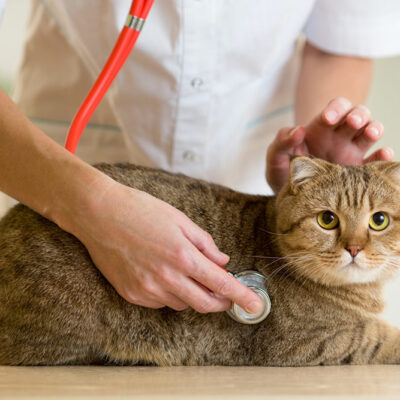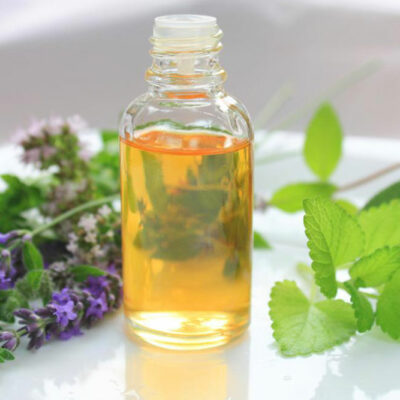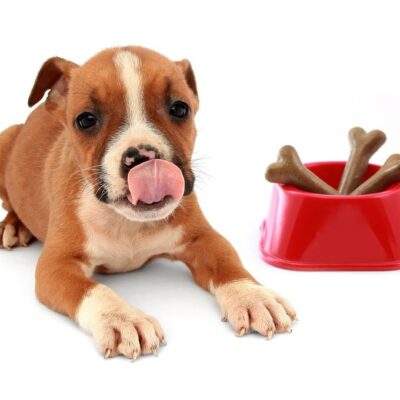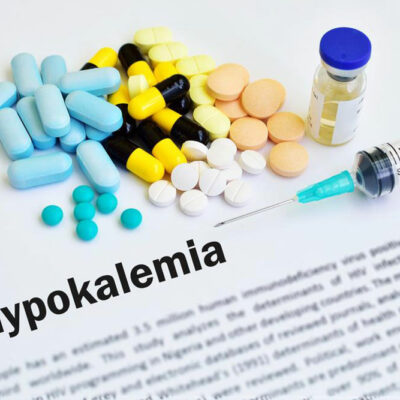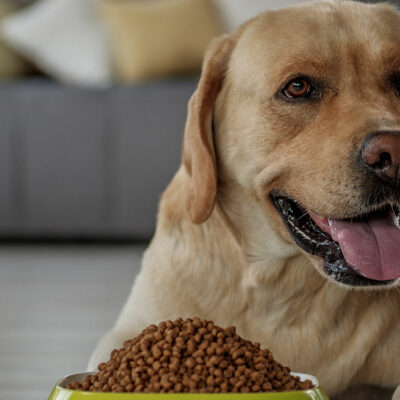
Pets
Tips to buy authentic and cheap pet medicines
Purchasing pet meds online is a pretty straightforward thing. However, there might be certain dangers associated with it. Some time back, the FDA (Food drug and Administration) issued an alert about ordering medications for a pet online. The main area of concern was flea and tick control products. Mostly, online sources were found to be selling a repackaged product that was near or beyond the expiration date. Another problem that one had to face was that some of the products that originated in foreign countries were repackaged using the English language but dosed using their metric system. But besides all this, you can still get good quality pet meds without shelling out a lot of money. Ways to save on pet medications If one wants to save money and buy genuine pet meds at affordable rates, they should follow the below mentioned tips: Make sure that your vet is willing to write prescriptions that would let you buy medication elsewhere and not from only one store or portal. If they don’t allow that, consider finding another vet. If your pet needs medication for prevention of any long-term chronic condition, ask the vet for a prescription medication that can be found at a less expensive online or offline outlet.
Read More 
